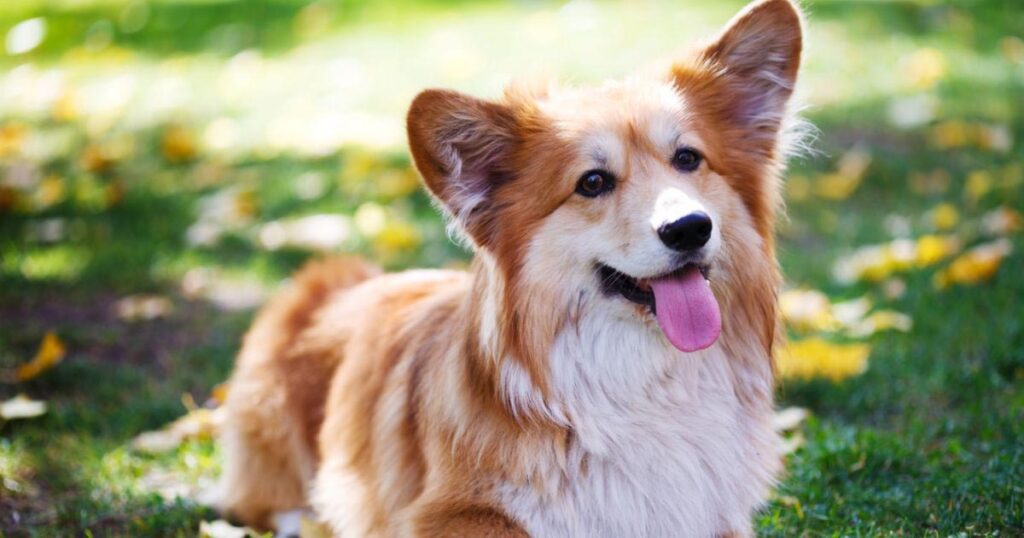Aggression in Dogs: Understanding and Managing Age-Related Behavior Changes
Introduction
Aggression in dogs is an intricate issue that can stem from fear, territoriality, resource safeguarding, and even clinical problems. While aggression is a natural action in dogs, it can become bothersome and potentially harmful, otherwise effectively handled. Acknowledging the indicators of aggression and utilizing efficient training methods are critical in ensuring the wellness dogs and those around them. This is where Confident K9 offers detailed services for handling dog aggression.
Acknowledging Indications of Aggression
Understanding the indicators of aggression is the first step toward resolving the problem. Aggressive habits in dogs can manifest in numerous ways, consisting of:
1. Growling and Breaking: This is just one of the most common indications of aggression. Dogs may grumble or break when feeling endangered or trying to assert dominance.
2. Barking and Lunging: Dogs might bark body and lunge towards individuals or various other pets, specifically when on walks or in unknown situations.
3. Baring Pearly whites: When a pet dog reveals its teeth, it’s a clear indicator of aggression and a warning signal that must not be overlooked.
4. Stiff Body Movement: When feeling hostile, dogs might display stiff body language, elevated hackles, and a tense position.
5. Biting: Aggressive behavior can escalate to attacking otherwise attended to promptly. It’s vital to seek specialist aid if your pet has attacked somebody or presents a tendency for biting.
Educating Methods with Confident K9
Confident K9 provides a variety of training techniques developed to address aggression in dogs effectively. These techniques focus on favorable reinforcement, constructing trust funds, and customizing habits with regular training. Here are some crucial approaches:
1. Behavior Evaluation: Confident K9 starts by conducting a thorough behavior assessment of the dog to determine the underlying sources of Aggression in Dogs. This assists in customizing the training program to deal with specific concerns efficiently.
2. Positive Support: Training with favorable reinforcement involves fulfilling desired actions with treats, appreciation, or toys. This technique aids in reinforcing good behavior and motivates dogs to repeat it.
3. Desensitization and Counterconditioning: Desensitization entails slowly revealing the pet to the trigger of Aggression in Dogs in a controlled setting. In contrast, counterconditioning focuses on changing the pet’s psychological reaction to the trigger by linking it with something favorable.
4. Obedience Training: Fundamental obedience training, such as teaching commands like “sit,” “remain,” and “leave it,” can help establish boundaries and control over the pet dog’s actions.
5. Uniformity and Patience: Consistency is essential to successful training. Proprietors must remain client and devoted to the process, as behavior modification requires time and effort.
6. Management Techniques: Confident K9 also provides proprietors with management techniques to stop scenarios that may cause Aggression in Dogs, such as using a muzzle or chain in public settings.
Aggression in Dogs
Ensuring Your Pet Dog’s Wellness
At ConfiWellness, the utmost goal is to ensure the wellness of both the wellness and its proprietors. By dealing with aggression through positive support and effective training strategies, proprietors can create a risk-free and harmonious environment for their pets. Additionally, seeking specialist assistance from knowledgeable trainers can offer useful support and assistance in handling Aggression in Dogs properly.
Holistic Strategy for Training
Confident K9 embraces a holistic approach to training that exceeds dealing with the symptoms of aggression to resolve the underlying causes. This entails producing an extensive training plan incorporating behavioral modification techniques, environmental management, and recurring assistance for the pet and its owners.
1. Therapy: Through positive reinforcement methods, trainers work to modify the canine’s habits by rewarding calm, non-aggressive actions to triggers. This might involve training behaviors incompatible with aggression, such as resting or focusing on the owner.
2. Proprietor Education: Education and learning are vital components of Confident K9’s strategy. Trainers work closely with proprietors to help them recognize their pet dogs behavior, identify very early indications of aggression, and learn efficient interaction and dealing methods.
3. Follow-Up Support: Training continues even after the sessions are complete. Confident K9 supplies continuous support to ensure that owners remain to enhance favorable habits and deal with any obstacles that occur.
Conclusion
Aggression in dogs is a major issue that requires cautious attention and proper management. Acknowledging the indicators of aggression and utilizing efficient training strategies are vital steps in resolving these habits. With Confident K9’s thorough strategy for managing aggression, proprietors can help their pets overcome behavioral difficulties and lead satisfying lives.
